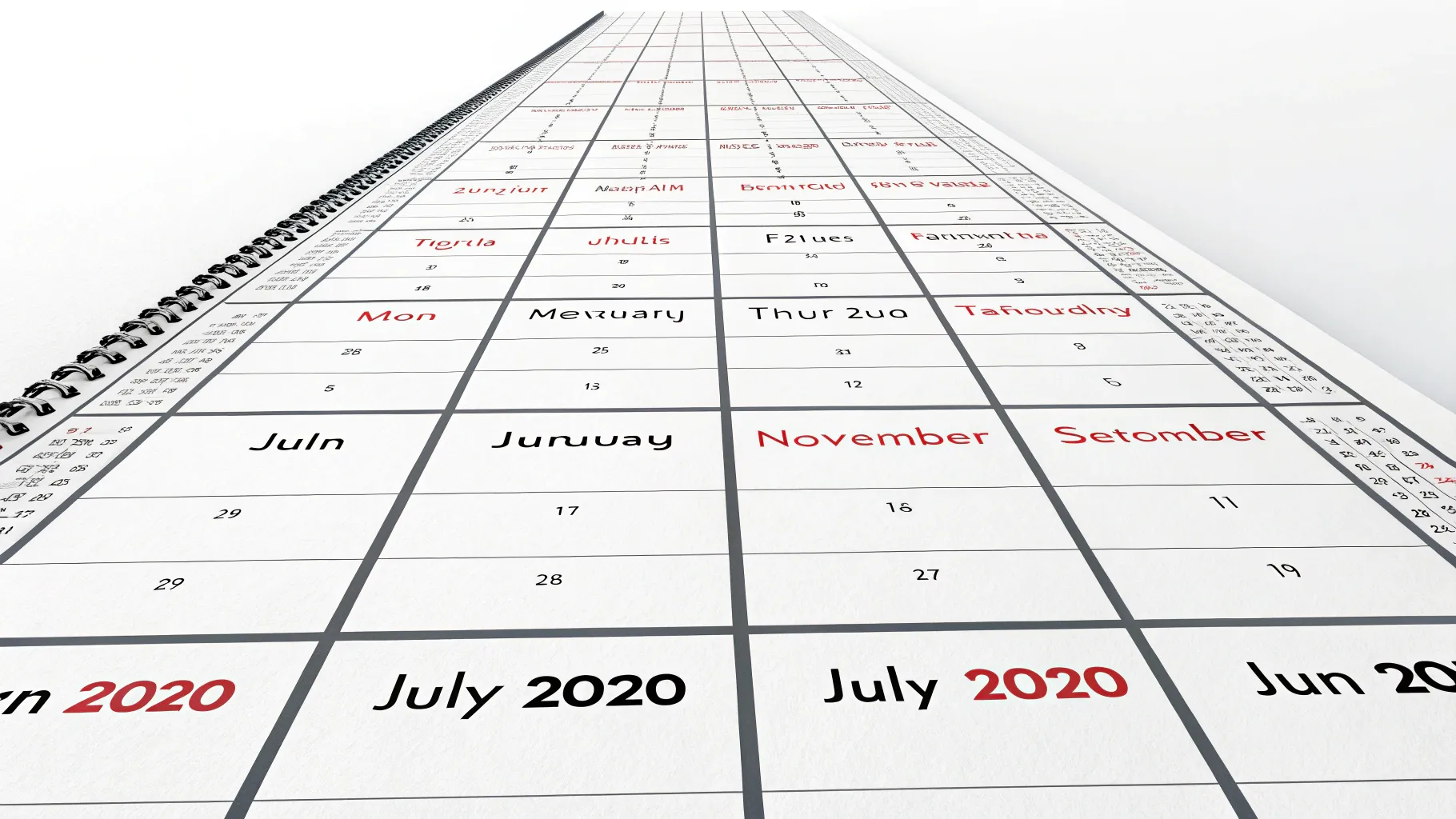
There is a really underutilized planning tool in our digital age — the linear calendar. While most of us are stuck toggling between daily, weekly, and monthly views in our digital calendars, we often miss the big picture of our year. Nick Milo’s approach to visualizing time has completely changed how I think about annual planning.
The concept is brilliantly simple: a single-page view of your entire year that helps you see time horizontally. Unlike traditional calendars that chop our lives into disconnected chunks, the linear calendar presents time as it actually flows — continuously.
Why Our Current Calendar Views Fall Short
Think about your digital calendar right now. It’s probably set to weekly view, showing you the next seven days in detail. This view is perfect for managing immediate commitments, but it trains us to think small. When we only see a week at a time, we lose sight of the bigger patterns in our lives.
Monthly views aren’t much better. They’re too cramped to show detail but not expansive enough to reveal yearly patterns. And those yearly grid views? Nearly useless for actual planning.
The problem isn’t just aesthetic – it’s practical. Without seeing our year as a whole, we tend to:
- Overbook ourselves during specific periods
- Miss opportunities to batch similar activities
- Fail to protect time for rest and reflection
- Lose the context of our lives as they unfold
These limitations have real consequences for how we experience time and manage our energy throughout the year.
Three Powerful Benefits of Linear Calendars
After trying Milo’s linear calendar approach, I’ve found three significant advantages that make it worth adopting:
1. Perspective shift – Seeing your entire year at once forces you to think bigger. You start planning in terms of seasons and quarters rather than just weeks. This broader view enables you to make more strategic decisions about how you utilize your time.
2. Energy management – The linear format makes it immediately apparent when you’ve scheduled too many demanding activities close together. You can spot clusters of commitments that might drain your energy and proactively adjust before you burn out.
3. Memory preservation – This might be my favorite benefit. A well-marked linear calendar becomes a visual record of your year. Glancing at it can instantly transport you back to specific periods, helping you recall the context and connections between events that might otherwise be forgotten.
How to Use a Linear Calendar Effectively
Based on Milo’s approach, I’ve developed a simple four-step process for making the most of a linear calendar:
- Mark personal dates – Start with birthdays, anniversaries, holidays, and planned travel
- Add work commitments – Include deadlines, launch dates, and other key milestones
- Map ongoing efforts – Indicate periods when you’ll be focused on major projects
- Reflect and adjust – Look for clusters, gaps, and potential conflicts
The magic happens in that fourth step. When you see your entire year laid out, patterns emerge that would never be visible in a weekly view. You might notice you’ve planned three major projects to launch in the same month, or that you haven’t protected any time for rest between busy periods.
From Personal Tool to Team Alignment
What impressed me most about Milo’s approach is how he’s scaled it from a personal planning tool to a team alignment mechanism. Using a digital whiteboard, his team maintains shared linear calendars that help everyone see how their work fits together across the year.
This shared view makes it immediately obvious when too many initiatives are competing for attention. For example, Milo mentioned how seeing their workshop schedule alongside conference travel and product launches helped them realize they needed to postpone a course launch rather than trying to do everything at once.
I can imagine how valuable this would be for families, small businesses, or any group trying to coordinate their efforts over time. It creates a shared understanding of capacity that’s hard to achieve with traditional calendars.
The Untapped Potential of Time Visualization
What strikes me as most surprising is the lack of innovation we’ve seen in calendar design. Despite all our technological advances, we’re still using essentially the same calendar formats that existed decades ago.
Milo makes a compelling point that we need to think more imaginatively about how we visualize time. The linear calendar is just one approach, but it hints at how much more we could be doing to represent time in ways that match how we actually experience it.
I’m particularly excited about the potential for digital tools that could combine the big-picture view of a linear calendar with the detailed functionality of traditional calendars. Imagine being able to zoom between different time scales while maintaining context, or overlaying different types of information on your timeline.
For now, though, even a simple printed linear calendar offers a powerful way to see your year differently. I’ve already printed mine for next year, and I’m looking forward to planning with a broader perspective.
“We are barely tapping into the potential of visual views of time. We don’t even know that we’re craving these views until we experience them.” – Nick Milo
If you’re feeling constrained by your current calendar, I’d encourage you to try this approach. Sometimes the simplest tools can have the most profound impact on how we think about and use our time.


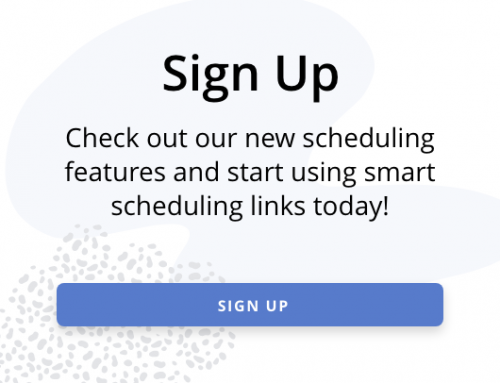



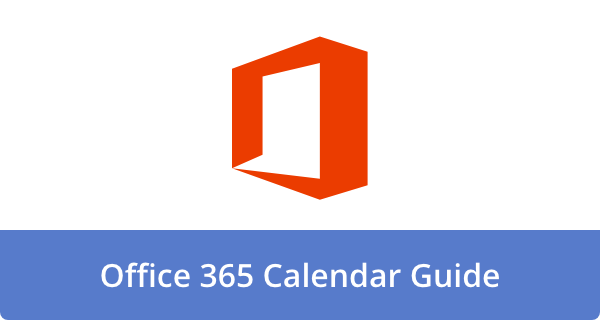
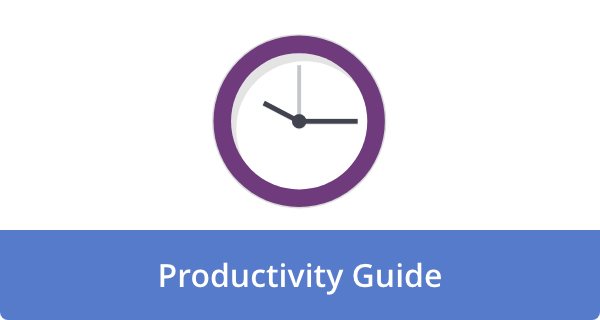
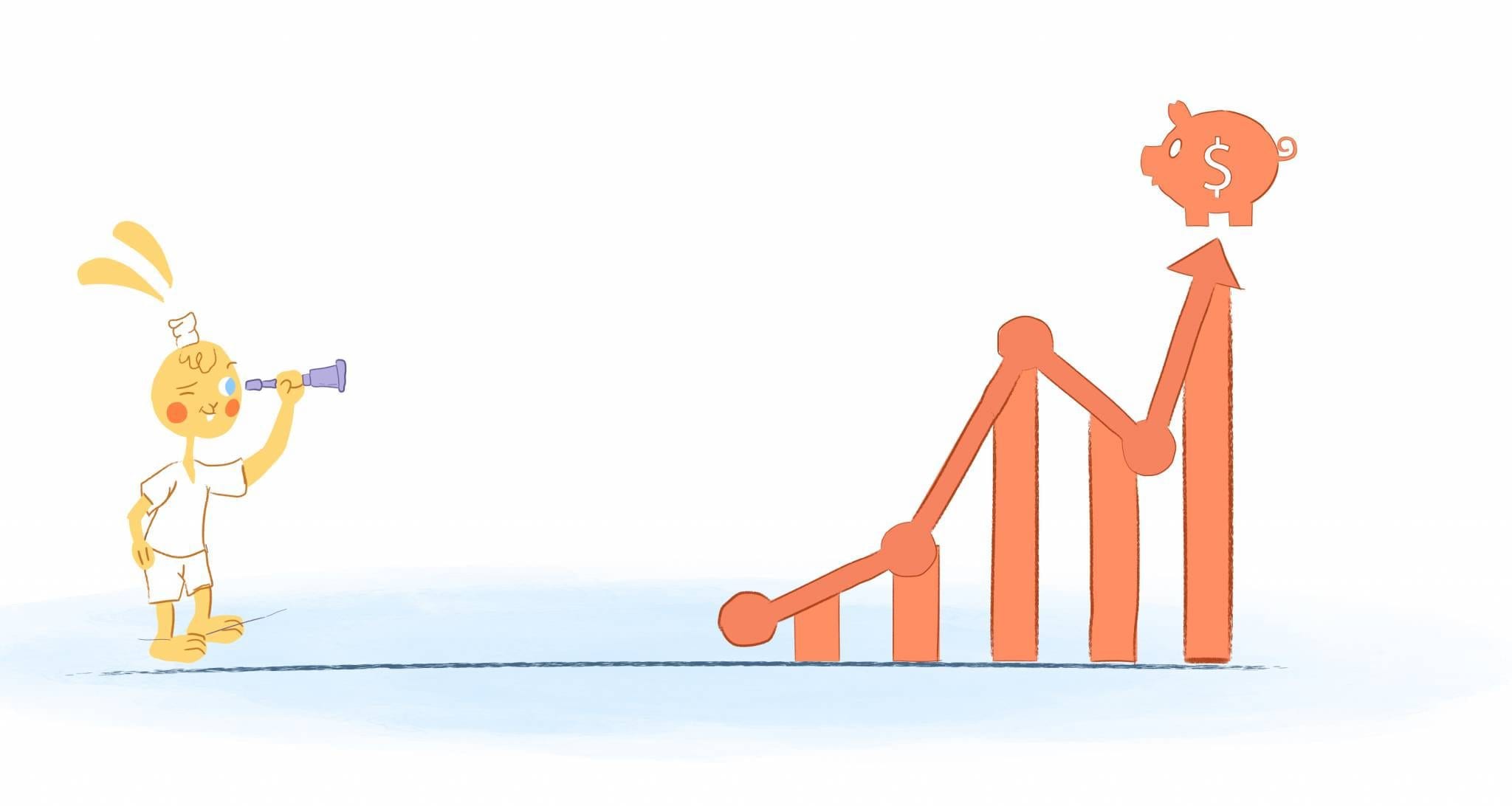

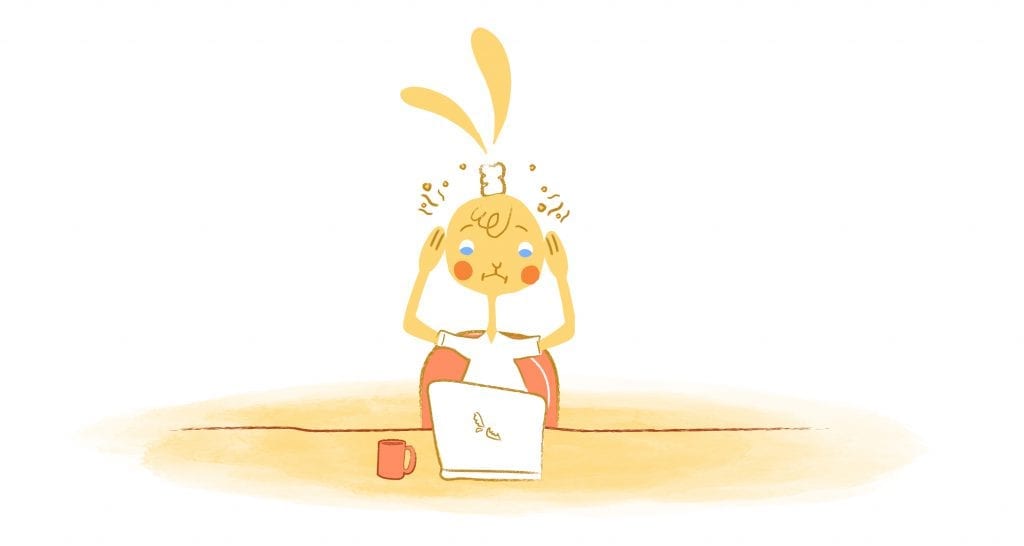
Howie Jones
My name is Howie and I'm a Customer Success Manager at Calendar. I like to ensure our customers get the best experience using our product. If you have questions email me howie at calendar.com